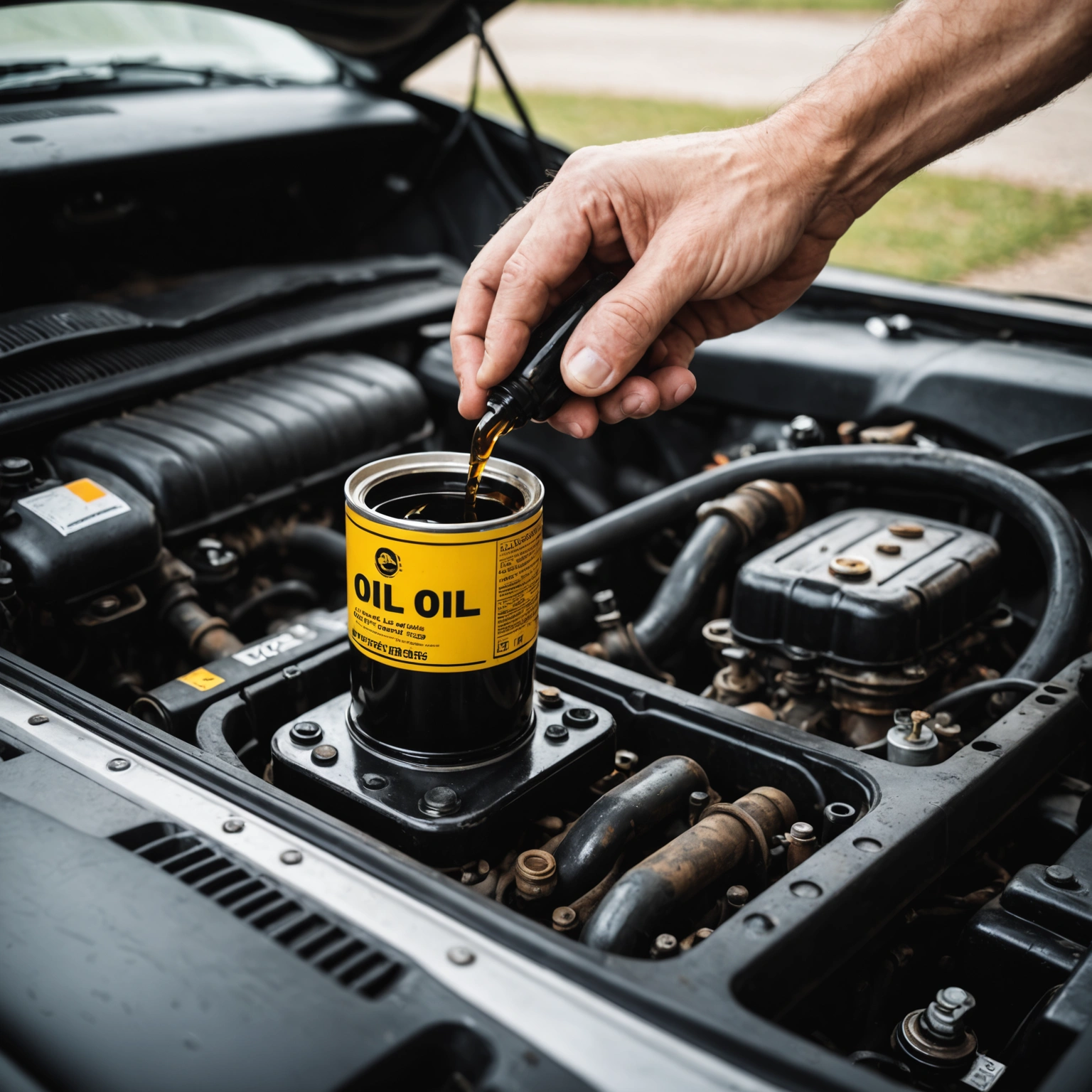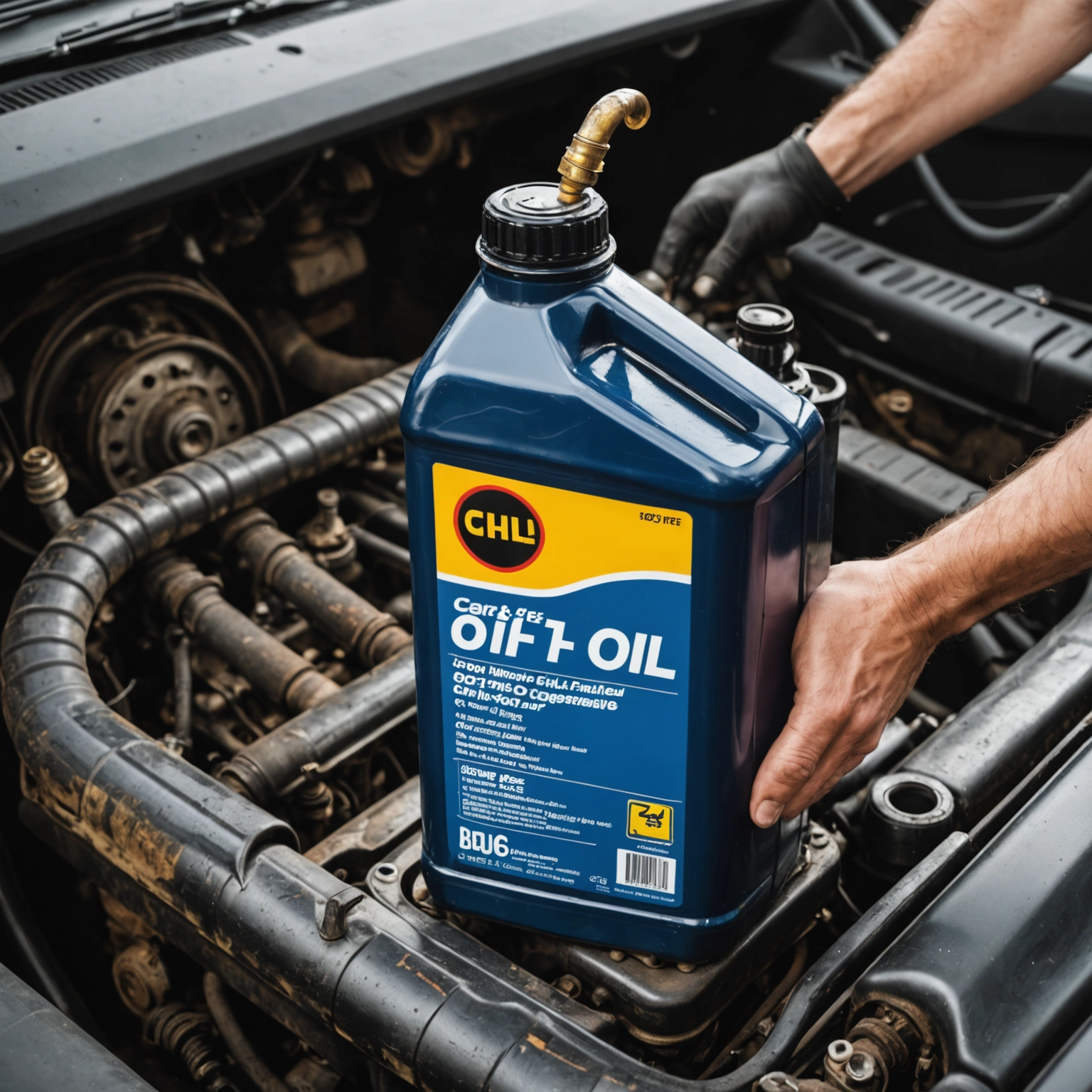**How Much Oil Does My Car Need? A Simple Guide to Checking and Filling Your Oil**
Keeping your vehicle properly lubricated is essential for optimal engine performance and longevity. One common question among car owners is, “How much oil does my car need?” The answer depends on several factors, including your vehicle’s make, model, and engine type. Here’s a comprehensive guide to help you determine the right amount of oil for your car.

### 1. **Check Your Owner’s Manual**
The most reliable source for your car’s oil capacity is the owner’s manual. Manufacturers specify the exact amount of oil needed for your specific model and engine.

– **Why it matters:** Different engines (e.g., 4-cylinder, V6, V8, turbocharged) have varying oil requirements.
– **What to look for:** Look for sections titled “Oil Capacity,” “Engine Oil,” or similar.

### 2. **Identify Your Vehicle’s Make, Model, and Engine Type**
If you don’t have the manual handy, you can often find this information on a sticker inside the driver’s door jamb, or by searching online using your vehicle’s VIN (Vehicle Identification Number).

### 3. **Common Oil Capacities**
While capacities vary, here are some typical ranges:
| Vehicle Type | Approximate Oil Capacity |
|—————-|————————–|
| Small cars (compact, sedan) | 3.5 – 4.5 quarts (3.3 – 4.2 liters) |
| Mid-size SUVs & sedans | 4.5 – 6 quarts (4.2 – 5.7 liters) |
| Large SUVs & trucks | 6 – 8 quarts (5.7 – 7.6 liters) |
*Note:* Always verify the exact capacity for your vehicle.
### 4. **Checking the Oil Level**
To ensure you add the correct amount of oil:
– **Start with a clean dipstick:** Remove it, wipe clean, then insert it fully.
– **Check the oil level:** Remove the dipstick again and see where the oil film reaches. It should be between the “Low” and “Full” marks.
– **Add oil gradually:** If you need to top off, add small amounts, rechecking the level each time.
### 5. **Filling Your Car with Oil**
– Use the recommended oil type specified in your owner’s manual (e.g., 5W-30, 0W-20).
– Pour in a little at a time, checking the level frequently.
– Be cautious not to overfill, as too much oil can cause engine issues.
### 6. **When to Change the Oil**
Remember, not only how much oil your car takes but also when to change it. Regular oil changes (every 3,000 to 7,500 miles, depending on your vehicle and driving habits) are crucial for engine health.
—
**In Summary**
– Always refer to your owner’s manual for the precise oil capacity.
– Use the dipstick to check the current oil level.
– Add oil gradually until the desired level is reached.
– Use the recommended oil type for optimal protection.
**Maintaining proper oil levels ensures your vehicle runs smoothly, reduces engine wear, and prolongs the lifespan of your engine. When in doubt, consult a professional mechanic for assistance.**

